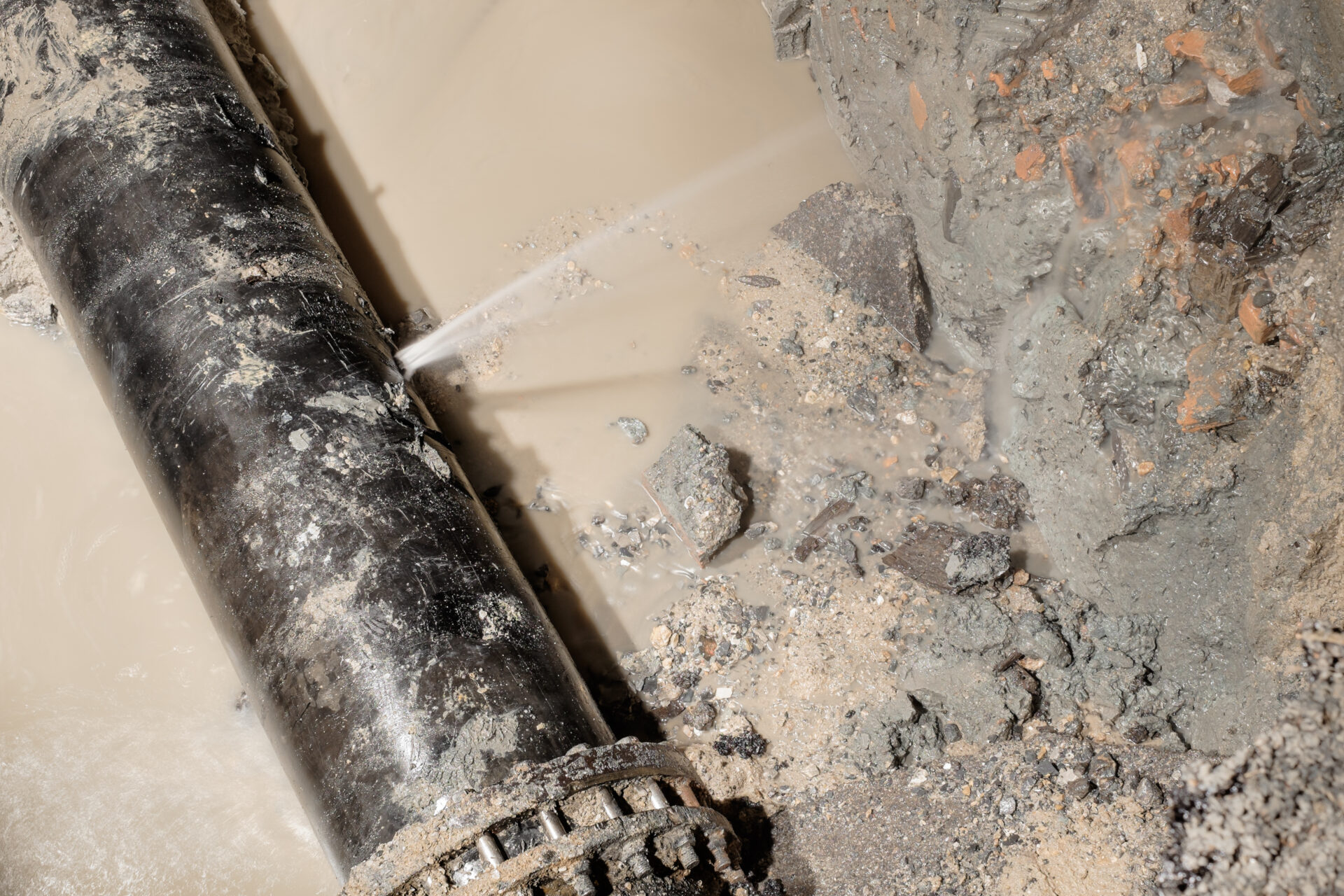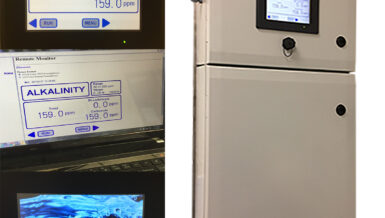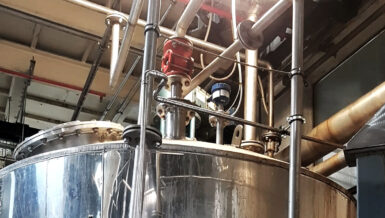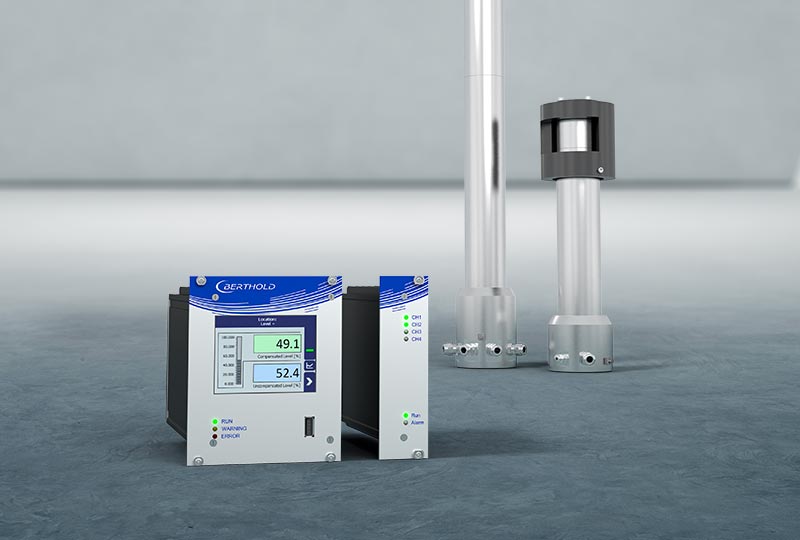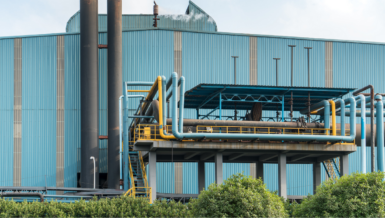Less than a decade ago, it took roughly 100,000 barrels of water to frac a single well. Today, that number is nearly five times higher and rising – particularly in the case of long laterals and wells that require a large amount of proppant.
The issue goes beyond how much water is needed per well; it also extends to the amount of water being produced. In some instances, as many as ten barrels of water are produced for every barrel of oil. Add to this the flowback water from injection, and the industry is having to manage billions of barrels of water annually.
Historically, the most common method of disposing of produced water was been to reinject it back into the ground via saltwater disposal (SWD) wells. However, increasing costs, along with dwindling freshwater supplies and tightening regulations have forced operators to forgo this approach in favor of onsite treatment for beneficial reuse.
In the midst of this paradigm shift, the role of process instrumentation has become critical. From level measurement and flow meters, to pressure and temperature sensors, a range of devices are required to cost-effectively manage the lifecycle of produced water. As many of these products utilize different technologies, operators often face the question of which process instrumentation is the right fit given the unique requirements of their application.
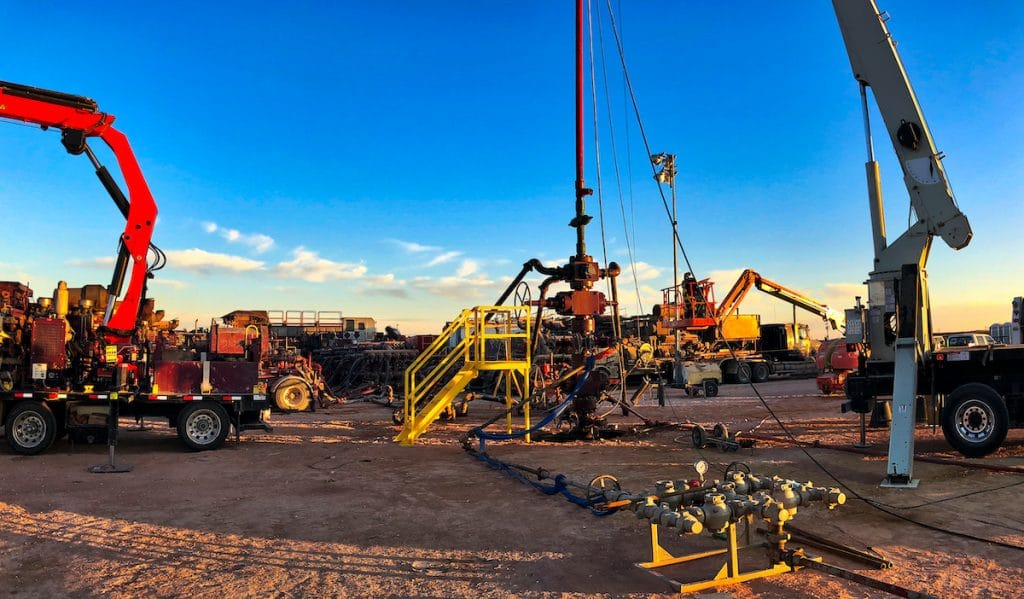
Level Measurement
When it comes to level measurement, one of the most important factors to consider is whether the produced water is from primary, secondary or tertiary separation stages. Since treatment and injection processes are not necessarily the same from one region to the next, having a general idea of what constitutes the media in a particular vessel can provide clues as to what should be used. The two most common technologies are contacting and non-contacting.
Contacting technologies are those that come into contact with the media (water, oil, chemicals, etc.). This includes guided wave radar and float-based devices. Non-contacting technology measures level using the time of flight principle.
Radar level transmitters are non-contacting devices that send a microwave signal through the air. When the microwave signal arrives at the surface of the media, it returns to the transmitter. This trip is used to determine the traveled distance, from which the level in the tank can then be derived. However, if there is excessive H2S gas at a particular site, it can crystalize and build up inside a horn antenna. In such cases, horn antennas with a Teflon lens may be the best option. Hydrostatic pressure transmitters with Hastelloy wetted parts can also be used when H2S buildup is a concern.
One of the benefits of guided wave radar technology is that it can be used strictly for level measurements or for level and interface measurements, which is particularly valuable when there is a need to monitor the oil and water levels in a tank. A double-duty level and interface instrument is required in separation vessels, as well as just prior to produced water injection, since any residual oil in holding tanks needs to be recovered for economic and environmental reasons before injection.
It is important to note that interface level measurement is not feasible for dissimilar substances, such as resin and water or sediment and water. Interface and level measurement using guided wave radar requires that the upper layer is not conductive, as is the case with crude oil, and that the bottom layer is conductive, as is the case with water. For applications requiring only level measurement of produced water, treated water, chemicals or hydrocarbon, non-contacting radar is commonly preferred across all industries.
Tank Overfill Prevention
Capacitance point level switches, tuning forks or float switches are important devices for overfill protection. All of these devices can be ordered with the desired length to detect product at a particular level point. Of course, the potential for buildup and the chemical compatibility between the media being measured and the instrument being used should be considered to ensure long-lasting performance.
For example, when measuring viscous media, floats may eventually stick and stop operating. In contrast, some tuning forks can monitor for buildup on their tines and indicate if maintenance is required. An even better option would be a digital capacitance level switche, which triggers a maintenance alarm if buildup surpasses the desired setpoint.
Flow Meters
After the water is separated from the oil or gas, it must be processed for treatment, recycling or injection. Accountability is necessary not only for economic reasons, but also for regulatory purposes. Two common technologies for measurement are clamp-on ultrasonic and electromagnetic flow meters.
A clamp-on ultrasonic flow meter offers the convenience of non-intrusive measurement. That is, the pipe does not need to be cut in order to be fitted with this type of technology. Also, since a clamp-on meter uses the transit-time principle, it does not matter whether the liquid is conductive. However, if there are too many suspended solids flowing through the pipe, meter performance will suffer or the meter may stop working entirely.
An alternative would be to use a clamp-on flow meter equipped with Doppler sensor technology. However, doppler sensors can suffer from accuracy issues or may even stop detecting flow if the level of suspended solids or gas flowing through the pipe falls below 2%.
In the case of electromagnetic flow meters, a key factor for proper operation is that the fluid flowing though it must be conductive, like water. This is generally not a problem; even if there is some residual oil mixed in with the water after separation, as the amount is usually small enough not to disrupt the fluid’s conductivity. Mag meters with Ebonite or EPDM liners are well suited for wastewater containing solids, and they are only minimally affected by variations in water composition – making them better suited than clamp-on meters for water flow measurement in the oil and gas industry.
In applications where extremely precise flow measurement is a priority, a Coriolis mass flow meter may be the best option. Coriolis meters can simultaneously provide mass flow measurement and other important variables such as density, temperature and volumetric flow. They can also be used to measure both conductive and non-conductive fluids. Although the cost of these devices has decreased over time, they still remain higher-priced than mag meters of a similar size.
Conclusion
A variety of process technologies are available to measure level, flow, pressure and temperature in water management applications across the oil and gas industry.
Choosing the right device should not be a complex endeavor, especially if one has a basic understanding of the benefits and limitations of each technology. In particular, knowing the characteristics of the media being measured (i.e., corrosive, prone to buildup, clean media or with lots of suspended solids, etc.) is a vital step in determining which technology fits best. In applications that require a closer evaluation regarding chemical compatibility, pressure, temperature, types of liners and even communication protocols, engaging with a reputable solutions provider is recommended.
Written by Herman Coello, Siemens Process Instrumentation





